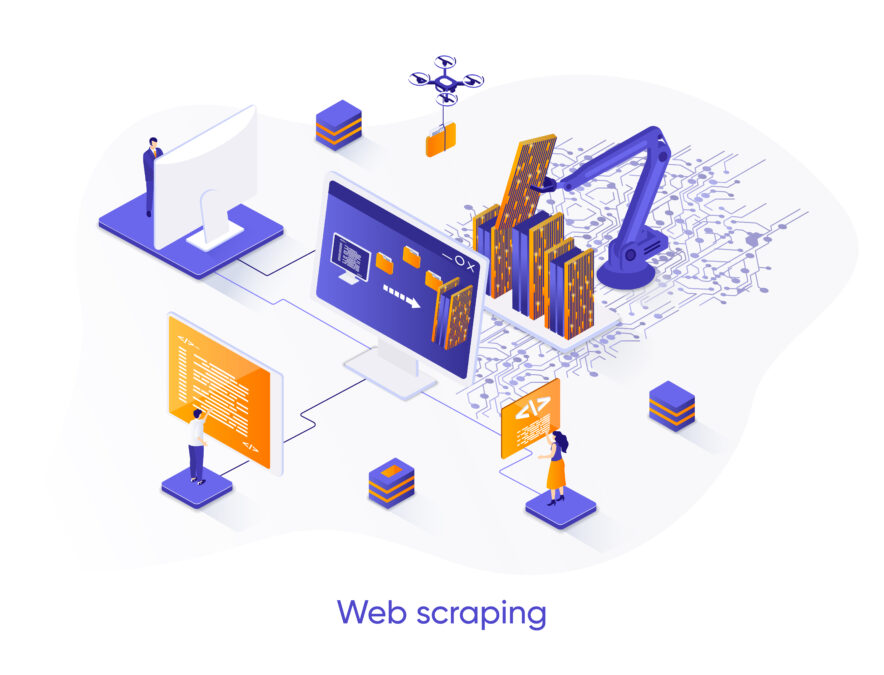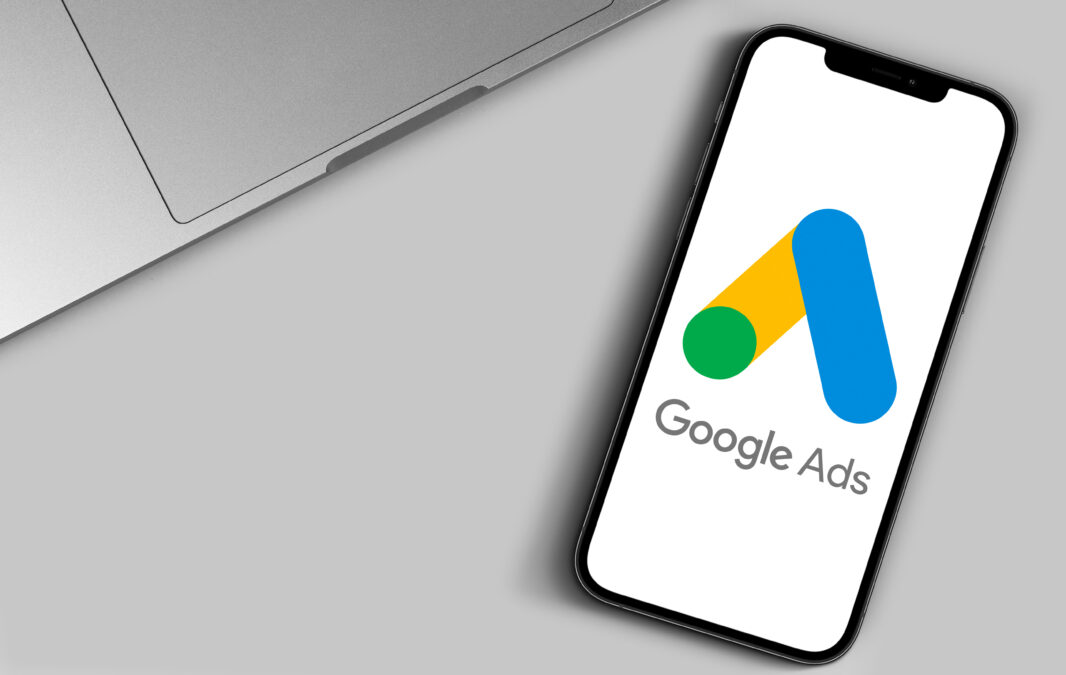Self-service support, or providing information online so customers can find answers to their questions on their own time, is increasing in popularity and is now a widely-offered customer support solution.
Given the increased popularity of this channel, how can businesses make their self-service support stand out and increase customer loyalty? Here are 6 ways
1. Add personalisation elements based on user information
This can be small like saying “Hello (NAME)” or more impactful such as offering up a specific self-service home page based on the customer’s title.
>See also: The digital customer service: 4 things brands should
Ideally, this information is stored in and linked with customer support software so it can be updated in real time. Taking it to the next level, a link between the customer support software and sales software (i.e. SalesForce) will only increase the accuracy of the information and show your customers that you understand their role. This level of understanding can go a long way in maintaining a positive customer relationship.
2. Use past customer behaviour to predict future relevant content
Data is more involved with business decisions than ever before. Use this information to find commonalities between self-service content and then link the associated content together.
For example, if you notice a frequent search term originating from one article, it may be a good idea to place a link to a popular content piece for that term within the article.
The elimination of unnecessary steps, in this case a search query, makes the self-service experience smoother and more positive for the customer. This helps in creating customer loyalty as your business shows that you understand the needs of your customers.
3. Don’t restrict self-service by product level
At first, this may seem counter-intuitive because you may think that users should only see answers that apply to their exact usage. This is true in terms of completely different products, especially when considering searches for information that would be different – like downloads for a specific software.
However, if you offer different versions of the same product (for example, the same product with different functionality or access) it is not recommended to restrict your self-service offering for two reasons.
>See also: What is automation and how can it improve customer service?
First, if an answer is available in a higher product tier that they are restricted from, it may appear as though the answer is not available at all in your self-service solution. Second, it restricts any upselling opportunities.
Not only are you providing more answers, regardless of product version, but you are also creating a new avenue to increase your company’s total revenue.
If a customer sees an answer to their question is available but it costs more to upgrade, they may just decide to increase their total spend with you.
4. Make contact information generic and readily available on self-service
You may ask yourself “but isn’t the whole reason people use self-service because they don’t want to talk to anyone?” This may be true, but just because self-service support is their first preference doesn’t mean that they are not open to other paths to obtain answers.
Making your contact information easy to find is better than a frustrated customer leaving and talking poorly about your company.
Also, tying into the previous point, making the contact information generic can allow you to route emails as needed to filter upselling opportunities to sales. Using an email such as “custserv@acme.com” is too specific, try “assistance@acme.com” which allows anyone – from sales to support and everyone in-between – to reach out as needed with “assistance”.
Customers don’t mind this at all and it drives loyalty because it’s more likely the right person will be responding to their needs.
5. Make sure support agents have a direct line to self-service
It’s an awkward situation in customer support where a support agent is on the phone and they’re giving a customer a different answer than what is on self-service.
>See also: Machines: a new breed of customer service agents
Enable your support team with a quick and easy way to provide feedback for updating a support portal. While it’s a good idea to have one person or a small group updating most of the self-service content so it has the same tone and feel, creating a quick and efficient process to get content updated on the portal is key in keeping the self-service information accurate.
Your customers will appreciate this consistent level of communication across all support channels.
6. Make sure to have a backup plan in case self-service goes down
Look at what happened recently when AWS went down, leaving many tech companies frustrated with an unexpected outage. While self-service portals go offline, it can lead to a huge and unexpected surge in support tickets and overall contact volume.
This downtime can really hurt customer loyalty and can be reduced by making sure you have a backup plan in place.
This plan can include hosting with an additional provider or multiple installs of the same software in different locations so you always have another self-service instance available to be pushed live.
Ideally you can schedule a sync between your multiple self-service portals so they update on a somewhat frequent basis (i.e. daily) in case an outage occurs.
This way if something goes awry and you need to use a backup self-service solution, it can be as simple as creating a domain name forward or redirect to the backup solution.
>See also: Customer service must go mobile in the Uber era
In conclusion, there are several different ways to make a self-service solution move valuable to your customers than the solutions available by your competitors.
Personalising customers’ self-service experience, providing additional information, and making sure your solution is always available are great ways to stand out and be in the good graces of your customers.
Utilising these methods in your self-service solution will not only drive loyalty but will ensure customers feel positively connected to the company and are receiving a level of personalised support.
Sourced by Robert C. Johnson, CEO of TeamSupport







